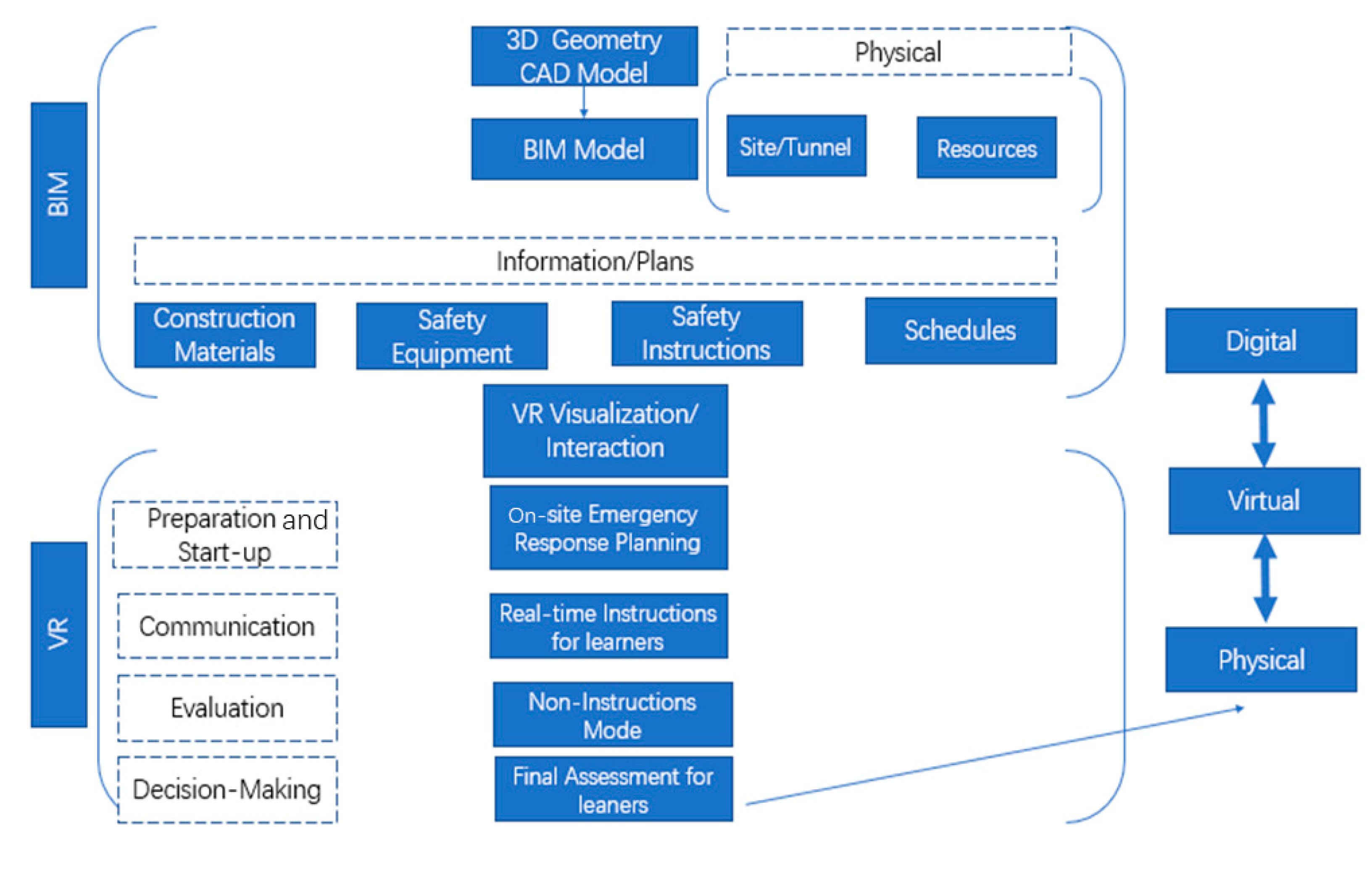
Revolutionizing Disaster Response Training with Virtual Reality
Venture into the realm of disaster response training, where Virtual Reality (VR) is proving to be a transformative force in preparing emergency responders for real-world crises. In this exploration, we delve into the innovative applications of VR in disaster response training, unlocking a new dimension in readiness and effectiveness.
Immersive Simulations: A Realistic Training Ground
VR creates immersive simulations that replicate disaster scenarios with unparalleled realism. Trainees find themselves in a virtual world where they can navigate through earthquake-stricken environments, respond to floods, or manage hazardous material incidents. These simulations go beyond traditional training methods, providing a visceral experience that mirrors the challenges of actual disaster response.
Hands-On Training in a Virtual Environment
One of the key advantages of VR for disaster response training is the ability to offer hands-on experience in a controlled virtual setting. Trainees can interact with various tools, equipment, and emergency situations, enhancing muscle memory and decision-making skills. This hands-on approach ensures that responders are better equipped to handle the complexities and pressures of real-life disasters.
Real-time Decision Making under Pressure
VR scenarios create a high-pressure environment, mimicking the urgency and stress of disaster response. This dynamic setting challenges trainees to make critical decisions in real-time, fostering the development of quick thinking and effective decision-making skills. The ability to practice under pressure in a safe virtual space prepares responders for the unpredictable nature of emergencies.
Scenario Customization for Diverse Training
VR for disaster response training offers unparalleled versatility in scenario customization. From natural disasters to industrial incidents, VR simulations can be tailored to address a wide range of emergency situations. This adaptability ensures that responders receive comprehensive and specialized training, preparing them for the diverse challenges they may encounter in the field.
Enhanced Interactivity and Communication
Effective communication is paramount in disaster response. VR training modules incorporate realistic communication challenges, allowing responders to practice coordination, information sharing, and decision communication within a virtual team. This enhanced interactivity fosters teamwork and ensures that responders can communicate seamlessly in the chaos of a real emergency.
Data-Driven Performance Metrics
VR training platforms provide data-driven performance metrics, offering valuable insights into trainees’ strengths and areas for improvement. This analytics-driven approach enables trainers to tailor the training curriculum to individual needs, optimizing the learning experience and ensuring that each responder reaches peak performance in disaster response scenarios.
Cost-Effective and Repeatable Training
Traditional disaster response training can be costly and logistically challenging. VR eliminates these barriers by offering a cost-effective and repeatable training solution. Virtual simulations can be accessed multiple times, allowing responders to refine their skills and stay up-to-date with the latest protocols without the need for frequent, resource-intensive live exercises.
Continuous Adaptation to Evolving Threats
The dynamic nature of disasters requires responders to stay ahead of evolving threats. VR for disaster response training ensures that training modules can be updated and modified promptly to align with emerging threats and changing response protocols. This adaptability ensures that responders remain well-prepared for the ever-shifting landscape of disaster scenarios.
Exploring the Future of Disaster Response Training
To delve deeper into the cutting-edge world of VR for disaster response training, visit VR for disaster response training. The immersive experiences offered by VR are revolutionizing how emergency responders are trained, ensuring that they are equipped with the skills and resilience needed to face the challenges of real-world disasters.
VR for disaster response training is not just a technological advancement; it’s a paradigm shift in how we prepare and empower emergency responders. As technology continues to evolve, the integration of VR stands as a testament to our commitment to enhancing disaster response capabilities, creating a safer and more resilient world.
